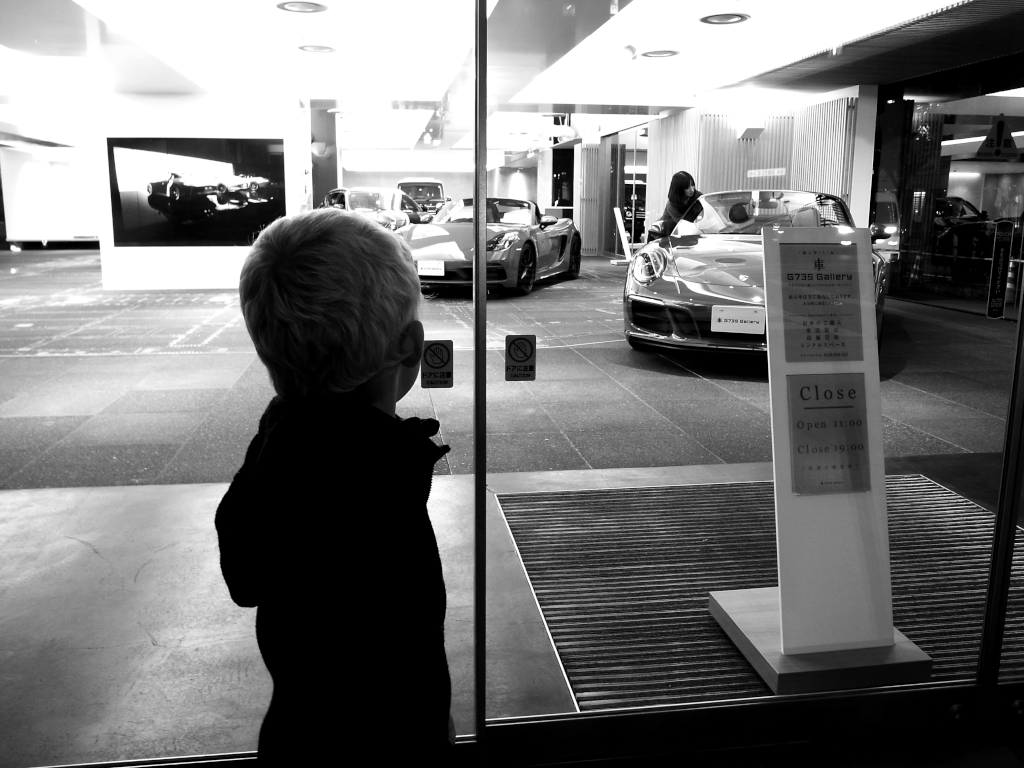The irony cuts deep. The very tools designed to amplify developer productivity can paradoxically
erode our understanding of what we're building. This isn't a technical failure—it's a cognitive one.
When generation happens faster than comprehension, context slips away. What remains is working software
with an increasingly opaque rationale.
Read full article →
Even the most modern of cities today seem left in another time in which communication was shaped by the
anonymity of its inhabitants. The city as a communication device is antiquated and struggling with how to
interact with or even advocate the benefits of presence to its users.
Read full article →
A successful city plan acknowledges that a city is formed by its inhabitants and users. The narrow winding
streets of pre-industrial architecture were not planned per se, but rather formed by the flow of pedestrians
and small carts; the flowing waters of daily life carved out the necessary urban pathways.
Read full article →
Interfacing ambient intelligence
Mobile computing and positioning technology merge physical and virtual reality. This hybrid space requires
us to look beyond conventional interface designs in search of new forms of interaction that will work in
open-ended systems.
In contrast to the safety of the virtual desktop, physical reality is open-ended. Challenges to the design
of an interface that must function in a constantly changing world involve practical issues and defining new
conceptual models of interaction. The practical, low resolution on visual displays with animation may be a
viable solution to changing resolution, distortions, and scattered user attention.
The conceptual approach taken is to avoid unnecessary encodings in the interface and instead build on causal
relations between the interface and the immediate environment whenever possible.
The chief contribution of this thesis is the articulation of a visual format that is sufficiently robust,
sufficiently swift, and sufficiently flexible to survive in dynamic environments. This approach is contrasted
to traditional visual representations of agents and system functions.
Download PDF →
